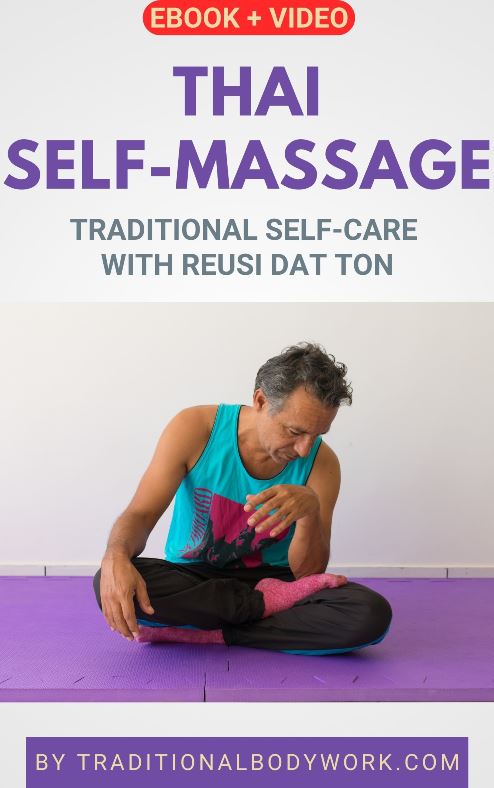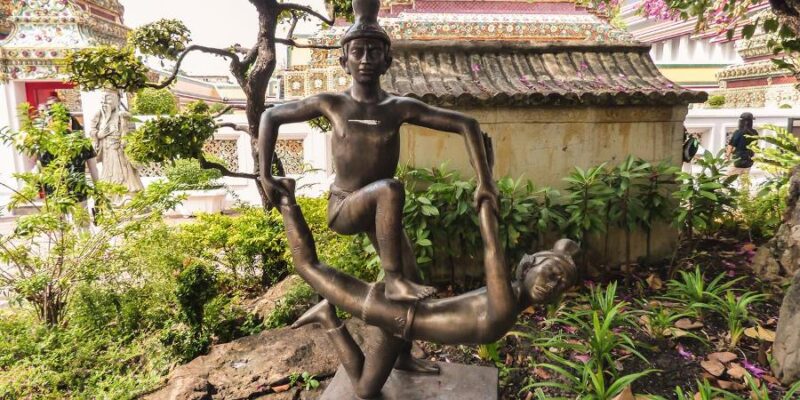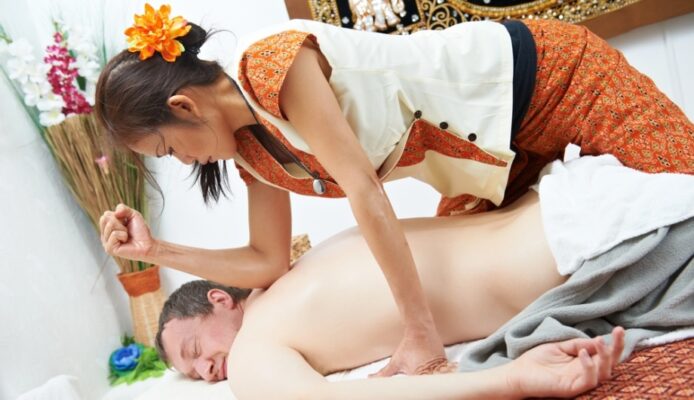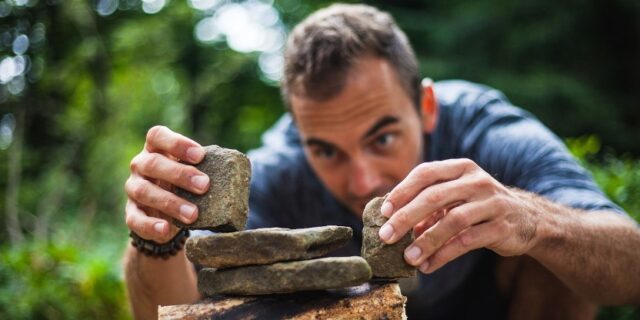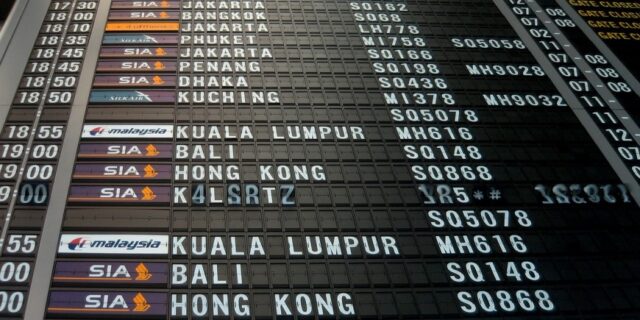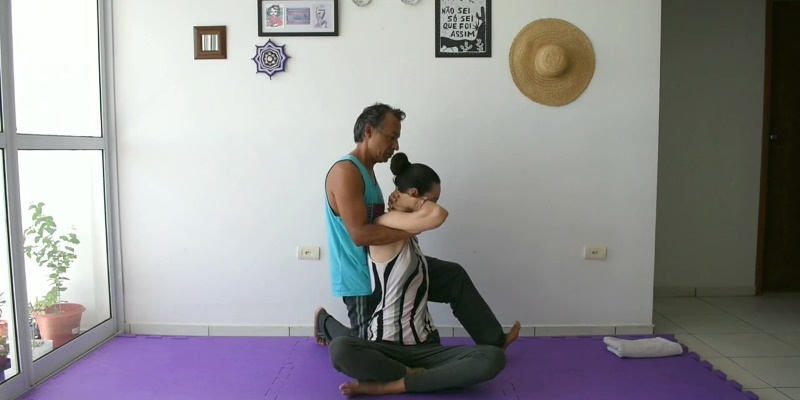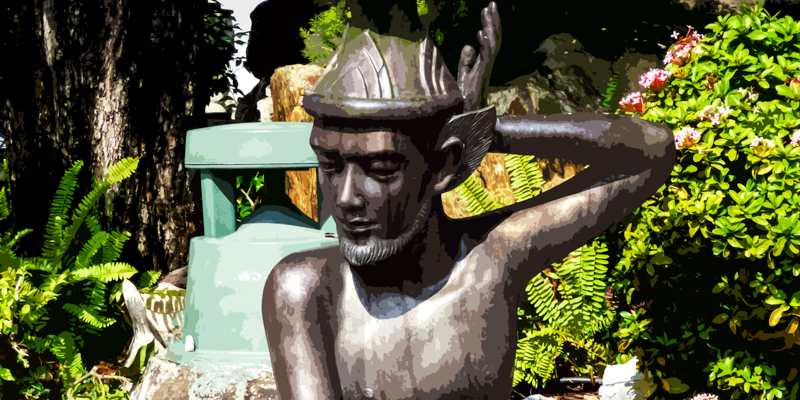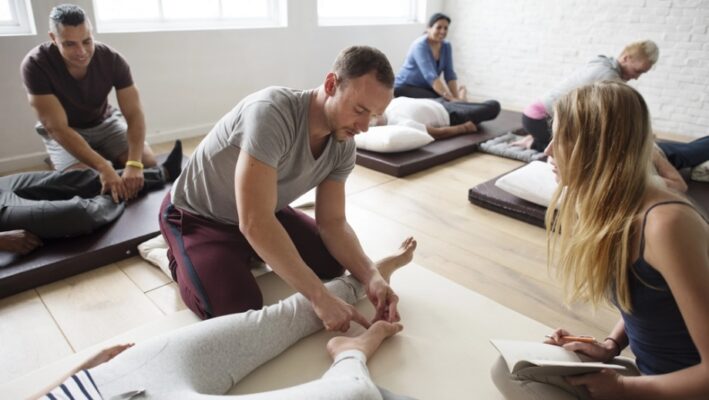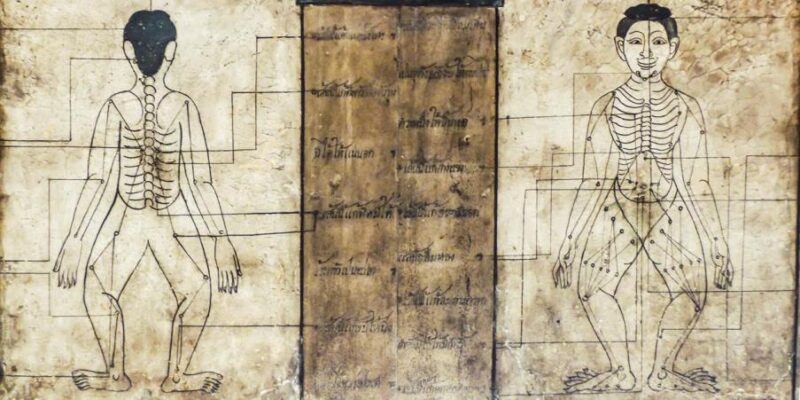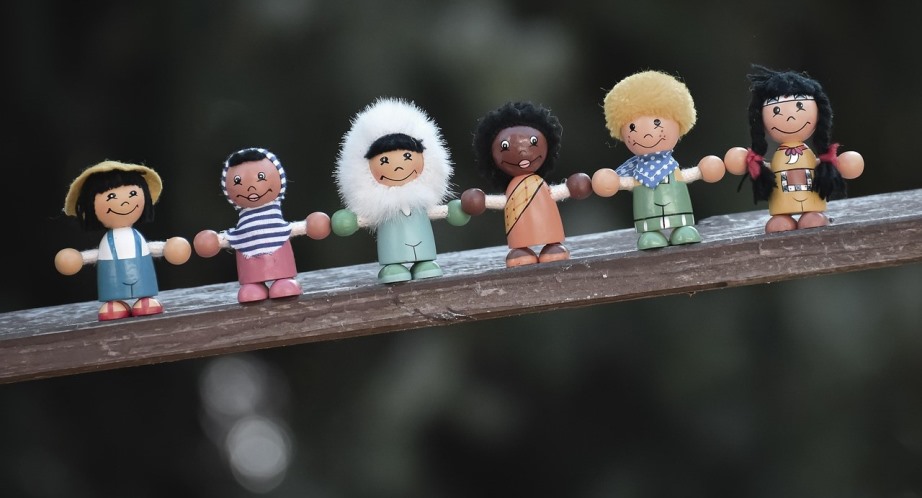
Apart from contrasting motives of studying Thai Massage, there are many differences in personality between Thai Massage students, and I’ve written about that extensively in a previous post called Managing the Thai Massage Classroom. Nevertheless, besides character differences there are also the cultural differences a Thai Massage teacher needs to be aware of to make the Thai Massage classroom pleasant and fruitful.
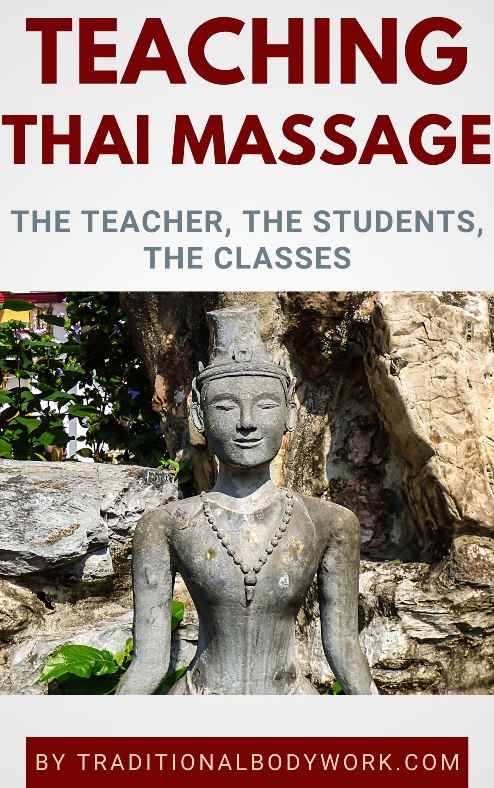
In Thailand, for instance, where you’ll find students from around the world in a single classroom, this is very obvious, but in countries outside of Thailand it can sometimes be less recognizable, accept perhaps for international Thai Massage training retreats where, like in Thailand, one will meet students coming from various countries.
Cultural differences are very much visible in the way various students learn or want to learn. To give an example: a Western student typically wants to know why this or that is done, and an Asian student will usually not ask such a question, but takes what is taught for granted (or at least, her or she will not comment or ask, simply out of politeness and respect for the teacher).
Also, a Western student often asks further explanations if he or she doesn’t understand a certain point, but an Asian student will avoid doing so. The latter makes it hard for a Western teacher to know if a student has really understood the subject and one will need to use “hidden and polite” feedback techniques to test such students.
As a teacher it’s also extremely important to understand that you’ll need to be very, very careful with how you correct a student, because in some cultures (notably Asian) it could easily mean “losing face” (for the student, that is) and that will set you on the wrong foot with your student(s).
Then there are things as pairing up males and females in the practice part of a course, which, in some cultures, is simply not done. I mean, sometimes the only option to teach mixed groups is to make explicitly sure that only male-male and female-female pairs will be formed for the practice part (which includes you as a teacher only giving demos on someone of your own gender).
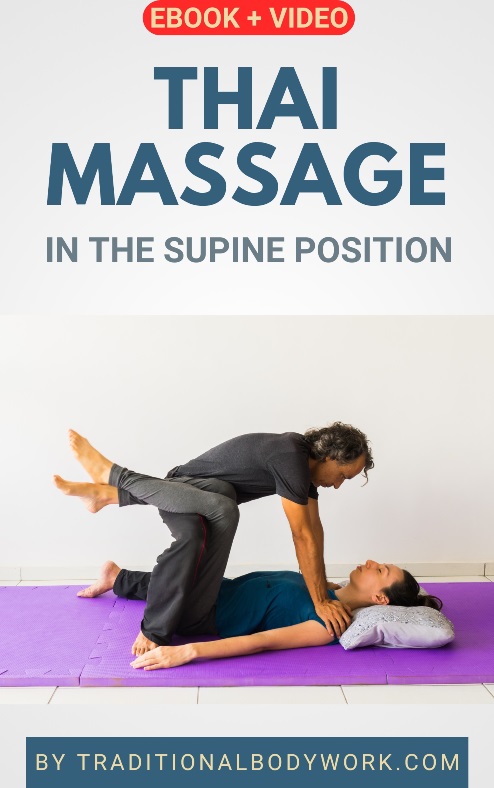
Another thing that can come up is working barefoot or with socks on. In Thailand, you would see many teachers (and Thai students) wearing socks during the class time. This may seem strange, because a practitioner regularly uses the feet as a tool to give Thai Massage and, of course, massages the feet of the receiver.
But one needs to understand that, in many cultures, the feet are seen as the lowest part of the body, a kind of “dirty,” and “showing bare feet,” especially pointing them in the direction of somebody else, is seen as extremely impolite. Thus, definitely something to think about when you receive students or when you teach in certain countries.
All by all, there are of course a lot of cultural aspects when it comes to teacher-student relationships. In this post, I just wanted to give you some idea of the things you may encounter in the Thai Massage classroom.
I think it’s important to prepare yourself well — culturally — before you go teach Thai Massage in another country. Take some time to get acquainted with the local customs and culture. And when it’s about receiving students in your own country, try to find out what type of students you will get, culturally spoken. It can make all the difference between a pleasant or unpleasant teaching (and learning) experience.




